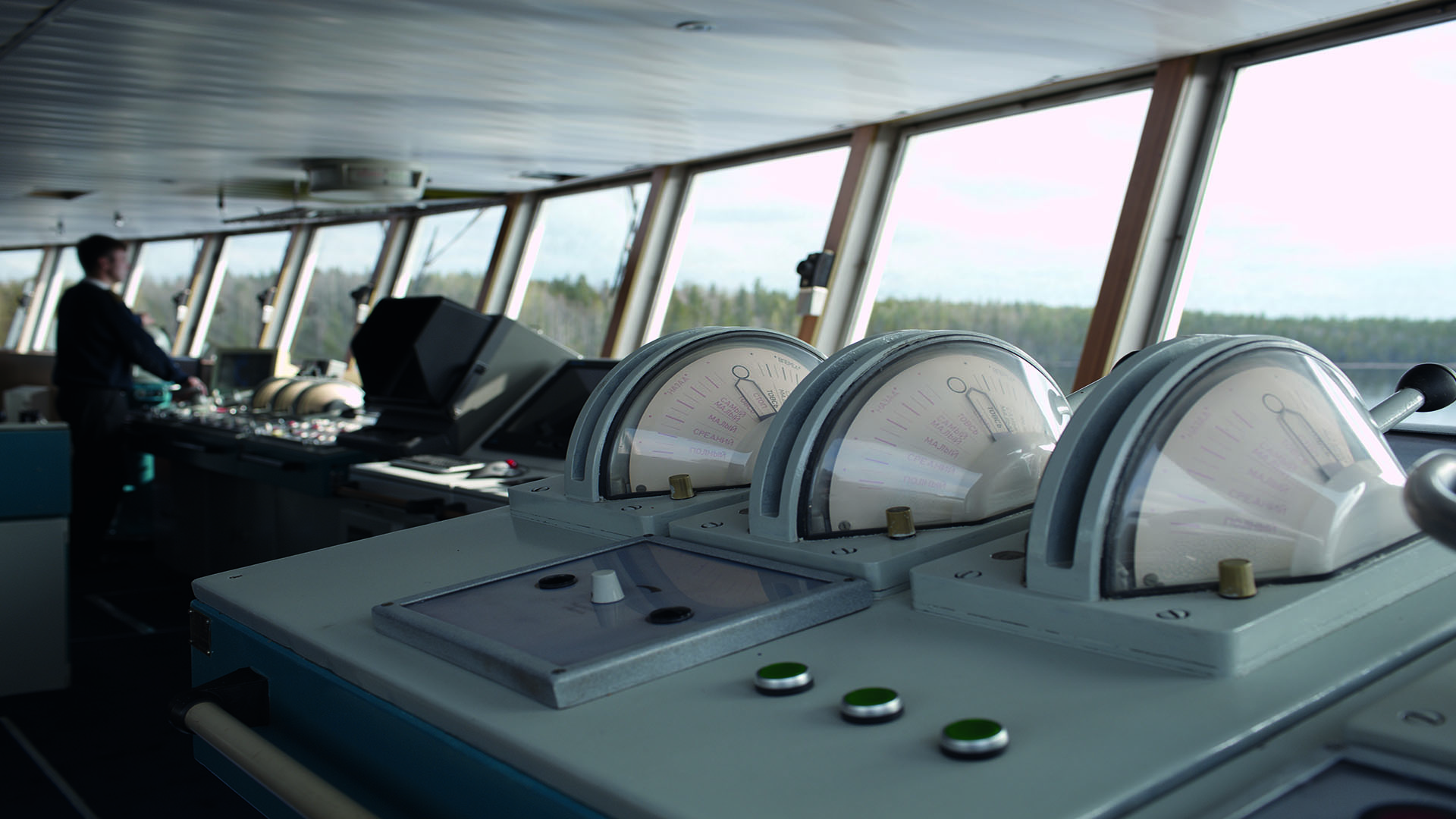
General Navigation Information
Navigational claims consist of collisions, contacts and groundings. These claims are mostly caused by poor communication, failing to follow company procedures or not taking action at an early stage. The consequences of this can be disastrous.
The issues mentioned here are addressed in our publication ‘Bridge Instructions’ which highlights best practices for the Officer of the Watch (OOW). Particular note should be made of ‘Section 7 – Collision Avoidance’ and ‘Section 8 – Avoid Close Quarter Situations’ which demonstrate how important it is to be proactive and evaluate the present risks.
Pilotage
A vessel is at its highest risk when it sails in enclosed waters – we define these as port, anchorage, port approach, river, and canal. Everything else will be considered open waters.
There is no surprise that 84% of all groundings and 94% of all contacts happen in enclosed waters. Collisions can happen anywhere, but the risks are greatest in enclosed waters where vessels depart and arrive at ports. This is confirmed in our statistics with 70% of collisions taking place in enclosed waters.
To enter and leave a port safely a pilot is most often required to be on board. Indeed, the Club’s statistics show that during a navigational accident it is very likely that a pilot is on board – a pilot is on board ship during 30% of all collisions, 66% of all contacts and 58% of all groundings.
So how can we explain these statistics? The integration of the pilot into the bridge team has to be a priority. For a successful pilotage the Master needs to ensure that the pilot is fully briefed about the vessel and its limitations. In turn the pilot needs to update the Master about the intended route, and if this is agreed with the Master this route should be implemented into the voyage plan so that the OOW can monitor the progress of the vessel and voice any concerns to the pilot. There also needs to be proper communication between the pilot and the bridge team – closed loop communication is always preferred.
Situational awareness
One of the most common causes for a navigational claim is loss of situational awareness i.e. the officer has not been able to evaluate all the present risks and has missed vital information. We should, however, be careful not to apportion blame, but try to understand why the officer missed essential information or did not recognise the risks.
Our statistics highlight that in many of these accidents the officer did not use all available means on the bridge. It is essential, therefore, that the company trains their officers so they understand and know the capabilities and limitations of the equipment on the bridge.
Another key contributing factor is the fact that officers did not communicate efficiently with each other. Either there was no two-person confirmation or closed loop communication, or all information was not shared within the bridge team. It is essential that the Master ensures that the bridge team is comfortable and has the confidence to be assertive and voice any concerns they may have. The Swedish Club’s MRM (Maritime Resource Management) shows, this approach is proven to reduce accidents. We strongly encourage our members to ensure that all officers on board the vessel receive MRM training, and that the manager makes sure that this is then practiced on board.